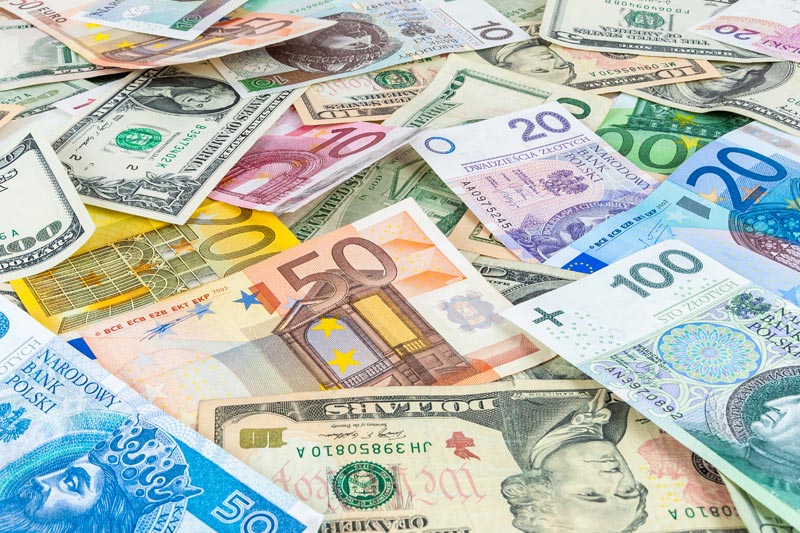Investing.com - The Australian dollar edged up against its U.S. counterpart on Wednesday, but remained within close range of three-and-a-half month lows following comments by Reserve Bank of Australia Governor Glenn Stevens.
AUD/USD hit 0.8928 during late Asian trade, the session high; the pair subsequently consolidated at 0.8908, adding 0.09%.
The pair was likely to find near-term support at 0.8882, Tuesday's low and resistance at 0.8970, the high of December 16.
The Aussie remained under pressure after RBA Governor Stevens repeated the bank's recent message that a currency above USD0.90 is not suitable for the economy.
On Tuesday, the minutes of the RBA's December policy meeting showed that the bank maintained the option of loosening monetary policy further due to an “uncomfortably high” currency.
Meanwhile, investors remained wary ahead of the outcome of the Fed’s final policy meeting of the year, with some expecting the bank to announce a small reduction in the pace of its USD85 billion-a-month asset purchase program.
However, many believe that the bank will wait until early next year to start rolling back stimulus, despite recent indications the U.S. economic recovery is deepening.
The Aussie was higher against the New Zealand, with AUD/NZD rising 0.29% to 1.0792.
Also Wednesday, data showed that the ANZ business confidence index for New Zealand rose to a nearly 15-year high of 64.1 in December, from a reading of 60.5 in November.
A separate report showed that New Zealand's current account deficit widened to NZD4.78 billion in the third quarter, from NZD1.34 billion in the three months to June. Analysts had expected the current account deficit to widen to NZD4.45 billion in the last quarter.
Later in the day, the U.S. was to release data on building permits and housing starts.
AUD/USD hit 0.8928 during late Asian trade, the session high; the pair subsequently consolidated at 0.8908, adding 0.09%.
The pair was likely to find near-term support at 0.8882, Tuesday's low and resistance at 0.8970, the high of December 16.
The Aussie remained under pressure after RBA Governor Stevens repeated the bank's recent message that a currency above USD0.90 is not suitable for the economy.
On Tuesday, the minutes of the RBA's December policy meeting showed that the bank maintained the option of loosening monetary policy further due to an “uncomfortably high” currency.
Meanwhile, investors remained wary ahead of the outcome of the Fed’s final policy meeting of the year, with some expecting the bank to announce a small reduction in the pace of its USD85 billion-a-month asset purchase program.
However, many believe that the bank will wait until early next year to start rolling back stimulus, despite recent indications the U.S. economic recovery is deepening.
The Aussie was higher against the New Zealand, with AUD/NZD rising 0.29% to 1.0792.
Also Wednesday, data showed that the ANZ business confidence index for New Zealand rose to a nearly 15-year high of 64.1 in December, from a reading of 60.5 in November.
A separate report showed that New Zealand's current account deficit widened to NZD4.78 billion in the third quarter, from NZD1.34 billion in the three months to June. Analysts had expected the current account deficit to widen to NZD4.45 billion in the last quarter.
Later in the day, the U.S. was to release data on building permits and housing starts.
